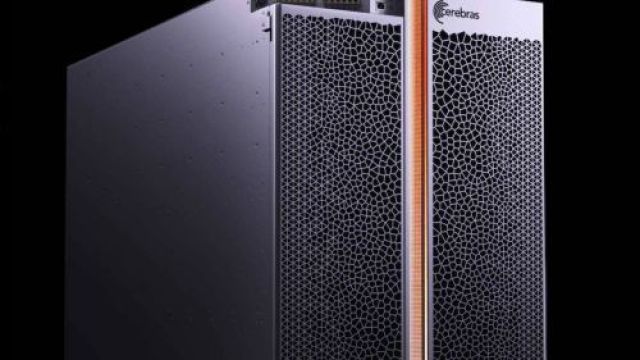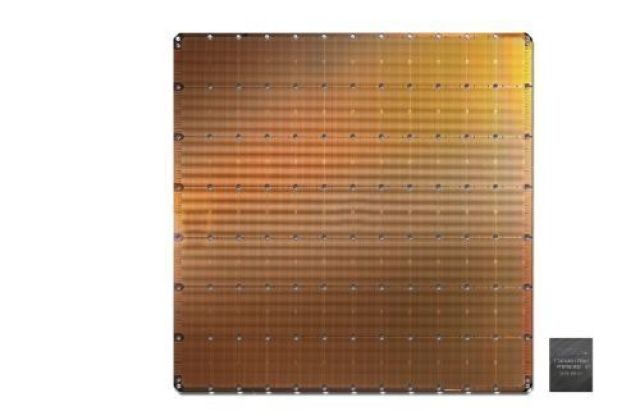At one time, we told our readers about the company Cerebras Systems, which became famous for creating the world's largest processor designed for powerful artificial intelligence systems. The main task for which the CS-1 mini-supercomputer based on this processor was created was the process of accelerated training of neural networks, but recently the specialists of the company Cerebras decided to test their brainchild in the field of large-scale scientific computing, where traditional supercomputers had previously reigned Supreme. And this test gave a stunning result, when calculating a mathematical model that includes more than 500 million variables, the CS-1 computer literally smashed to smithereens one of the most powerful supercomputers in the world, which now occupies the 69th line of the world's TOP-500 rating.
The purpose of the simulation was to find solutions to problems related to the efficiency of thermal power plants, in particular power plants where coal is burned in the boiler furnaces. Similar problems and a number of other problems from the fields of climate forecasting, aircraft design, etc. are solved using the laws of hydrodynamics that predict the behavior of liquids or gases in space and time. In this simulation, the entire space is divided into many small cubic regions, for each of which hydrodynamic equations are calculated, and then, by additional calculations, the interaction between all regions of the simulated space is determined.

In the model used for calculations, space was divided into a million cubic regions, each of which was described by a set of 500 variables, which in total gave 500 million variables.
This model was loaded into the Cerebras CS-1 supercomputer, whose artificial neural network went through the appropriate training stage. We remind our readers that the CS-1 computer processor contains 400 thousand computing cores on a single silicon chip, 18 gigabytes of memory with a bandwidth of 9 petabytes per second, and with a bus bandwidth that combines computing cores of 100 petabits per second.
The opponent of the Cerebras CS-1 computer was the Joule supercomputer, which, as mentioned above, occupies the 69th line of the world TOP-500 rating and is on the 24th place in terms of its computing power among American supercomputers. The Joule system consists of 84 thousand computing cores and all this consumes a total of 450 kilowatts of power.
The Joule supercomputer took 2.1 milliseconds to calculate the mathematical model described above. The artificial intelligence of the CS-1 computer took 200 times less time for the same task, about 6 microseconds, during which it consumed only 20 kilowatts of power. It is interesting that the CS-1 computer was able to calculate the mathematical model of the combustion process faster than this process occurs in reality, which opens up prospects for using such computers in real-time control systems for complex objects.Gorenje

Moreover, the speed of computing demonstrated by the CS-1 computer indicates that there is not a single supercomputer based on Central or graphics processors that can even come close to the result of the CS-1 computer.
Representatives of the company Cerebras Systems reported that their CS-1 computer has been used more than once to solve problems other than the original one. It was used for calculations by the pharmaceutical company GlaxoSmithKline, instances of such computers solve specific problems at the Lawrence Livermore national laboratory and Argonne National laboratory. The company also has a number of clients from the military, from the field of Analytics and heavy industry.
Currently, the company's specialists almost have a ready-made next-generation Cerebras processor at the output. If the first CS-1 processor was manufactured using a 16-nm process by TSMC, the next version of this processor will be manufactured using 7-nm technology, in addition, the memory capacity will more than double - up to 40 gigabytes, and the number of computing cores will be increased to 850 thousand.
